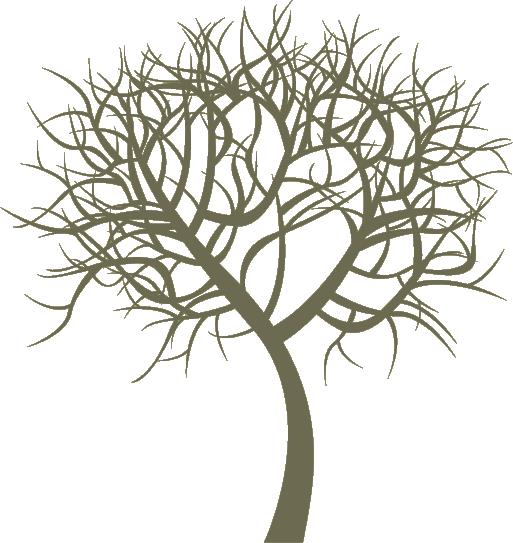JUNE 2019 MARKET UPDATE
U.S China trade talks rumble on but a newer issue has taken prominence in investor psyche, namely interest rates.
Economic newsflow around the world has continued to deteriorate for some time and as we stated in our April report markets are hoping that the Federal Reserve would lead the way in cutting interest rates to stimulate growth, as even the U.S. economy is experiencing a significant slowdown.
Although they did not at last week’s meeting, the language was that they were ready to do so and indeed some members did vote for a cut so it seems this is the next step.
A consequence of this economic slowdown and the probability of lower global interest rates is that once again in many parts of the world such as Europe and Japan interest rates are actually negative, Government bonds are yielding a certain loss if held to repayment.
Normally such negative interest rates would signify a high degree of fear on the part of investors, indicating that they are so afraid of events that they would rather accept a small loss of capital as the least worst option.
Another fear indicator would be a rise in the price of other investments traditionally considered safe havens such as gold, and indeed this has risen in price by around 10% during the past month (and which we have exposure to within our investment strategies).
However, central bankers have, at least in recent years, appeared to be able to change the rules. One only has to look at the behaviour of equities: if investors were truly fearful share prices would be plummeting, yet instead global equity indices have continued to rise and have made new highs in the U.S.
Again the old rules of investment would say that equity investors and bond investors cannot both be right. Slower or even possibly negative recessionary economic growth means lower corporate earnings and so lower share prices, or lower interest rates stimulate recovery in growth and inflation and lead to lower bond prices.
We have instead lived with this dichotomy for several years as central bank policies of effectively printing money and purchasing bonds have supported prices of both equities and bonds and investors in both have profited.
As an analogy, consider a see-saw, of the type found in every children’s park. It is conceptually simple to envisage: a plank resting on a fulcrum. When the fulcrum is a metre off the ground it means the child on the left hand side can only go so high before the plank touches the ground on the right. The height of the fulcrum limits the movement up and down. Traditionally equities and debt (fixed income or bonds) have played roles in financial markets like the children on each end of the see-saw. What is good for equities (rising growth, inflation) will be bad for debt (interest rate rises). When economic growth contracts then equities come down and interest rates fall meaning the price of debt assets go up. So goes the see-saw.
The impact of a decade of zero interest rates is that the fulcrum is no longer one metre off the ground. It is ten metres off the ground. The price of both equity and debt assets has risen sharply but so has the scope for dramatic rises and falls. The child on this see-saw will be gripping on tightly as the ups and downs are looking frankly scary.
Central banks would dearly like to gradually increase interest rates to lower the fulcrum, but they are limited by the sluggish and slowing rate of economic growth. If they have to lower interest rates then the fulcrum just gets higher. Asset value for both debt and equity can be pushed upwards but the risk in the system increases.
Our investment strategy recognises that the fulcrum is likely to rise further but we are eliminating risk where we can. We are only buying short duration, high quality debt assets. We are focusing our equity investments in the cheapest looking locations. We are avoiding liquidity risks by shunning private equity and hedge funds, and we are buying cushions, in the shape of gold and global real estate.
Much like the more cautious children on the see saw we have shuffled towards the middle, and we are quite content to be staying there for now.





